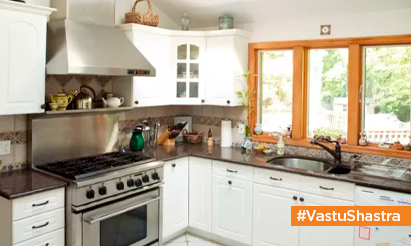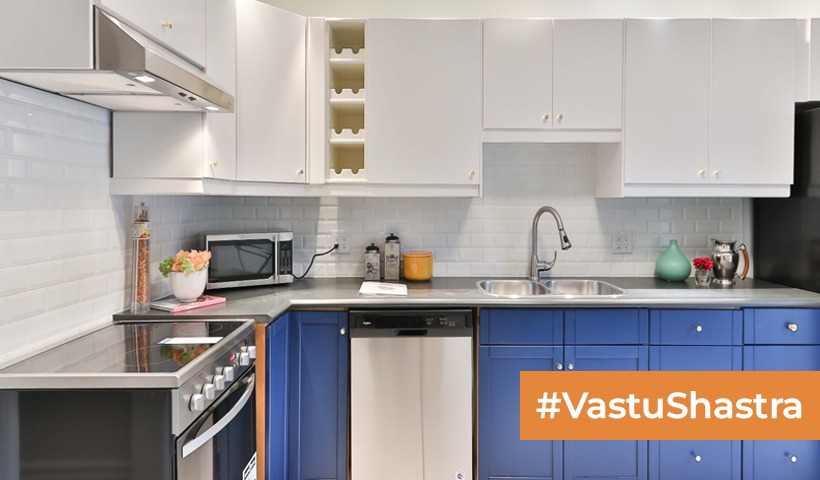Decoding the Vastu Chart for Your Dream Home!
A Vastu chart, also known as a Vastu floor plan or Vastu layout, is a detailed representation of a building’s architectural design that adheres to Vastu Shastra principles. Vastu Shastra is an ancient Indian science of architecture that aims to create harmony and balance in living spaces by aligning them with the forces of nature. A Vastu chart for home outlines the ideal placement of rooms, furniture, and other elements to ensure a positive flow of energy and bring auspiciousness to the dwelling. Here are 10 essential things to know about Vastu chart for home:
- Importance of Directions: A Vastu chart considers the orientation of the home in relation to the cardinal directions (north, east, south, and west). Each direction has specific significances, and the placement of rooms and entrances is based on their respective attributes.
- Ideal Placement of Rooms: A Vastu chart provides guidelines for the placement of rooms to maximize positive energy flow. For example, the master bedroom is often recommended in the southwest corner for stability and good sleep.
- Entrance and Main Door: The main entrance is a crucial aspect of a Vastu chart. It should ideally face a favorable direction, such as north or east, to attract positive energy into the home.
- Kitchen Placement: Vastu emphasizes the kitchen’s placement, as it is associated with the prosperity and well-being of the occupants. The southeast direction is considered ideal for the kitchen.
- Bedroom Vastu: The Vastu chart ensures the right placement of bedrooms to promote restful sleep, harmony in relationships, and overall well-being.
- Toilet and Bathroom Position: The location of toilets and bathrooms is carefully considered in Vastu chart to avoid negative energy affecting other parts of the home.
- Vastu Colors: Vastu chart often includes suggestions for colors that can enhance positive energies in different rooms. Certain colors are recommended for specific areas to create a harmonious environment.
- Placement of Furniture: Vastu chart guides the placement of furniture within rooms to facilitate the smooth flow of energy and create a balanced atmosphere.
- Use of Elements: Incorporating the five elements (earth, water, fire, air, and space) is an essential aspect of Vastu chart for home. The placement of elements can enhance specific areas and attributes of the dwelling.
- Remedies for Vastu Doshas: If there are Vastu doshas (imbalances) in the home, a Vastu chart may suggest remedies or corrections to mitigate their effects and bring positivity.
Conclusion:
A Vastu chart for home serves as a valuable blueprint to create a harmonious living environment that aligns with the principles of Vastu Shastra. By following the guidelines in the Vastu chart, homeowners can promote positive energy flow, enhance well-being, and attract prosperity into their living spaces. It is essential to consult with a qualified Vastu expert to tailor the Vastu chart according to the specific requirements and attributes of the home.
Disclaimer: The views expressed above are for informational purposes only based on industry reports and related news stories. PropertyPistol does not guarantee the accuracy, completeness, or reliability of the information and shall not be held responsible for any action taken based on the published information.




